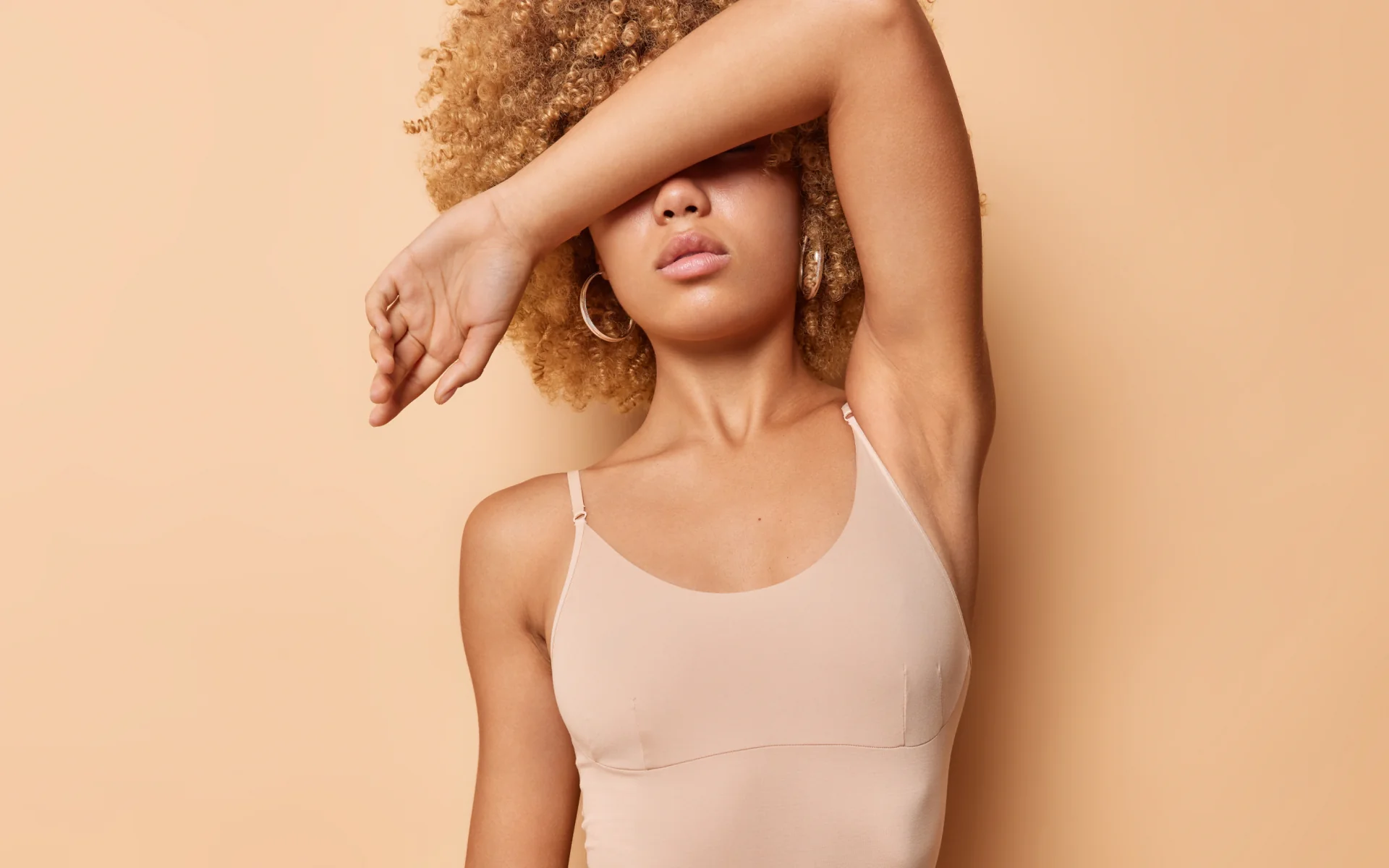Unlocking Patterns: Mathematics and Mythology in Modern Games
29/12/2024Kvantfysik och spel: språk & RTL,
01/01/2025In the realm of social media advertising, merely having visually appealing content is no longer sufficient. To truly elevate engagement metrics, advertisers must employ precise, data-driven techniques that optimize every pixel. This article explores advanced, actionable strategies rooted in color psychology, visual hierarchy, branding integration, platform-specific formats, and technical editing nuances. These insights go beyond basic principles to equip marketers with the tools needed for high-impact, conversion-oriented visuals.
Table of Contents
2. Crafting Effective Visual Hierarchy for Attention Capture
3. Incorporating Branding Elements Seamlessly into Visual Content
4. Optimizing Visual Content for Different Social Media Platforms
5. Applying Advanced Image Editing Techniques to Boost Engagement
6. Leveraging User-Generated Content and Authentic Visuals
7. Testing and Analyzing Visual Content Performance
8. Reinforcing Broader Strategies and Connecting Back to Tier 1 and Tier 2
1. Understanding Color Psychology in Visual Content for Social Media Ads
a) How to Select Color Schemes that Elicit Desired Emotional Responses
Selecting the right color palette is fundamental to influencing viewer perception and behavior. To do this effectively, start by defining your campaign’s core emotional goal—whether it’s excitement, trust, urgency, or serenity. Use color psychology research as a guide: for instance, red stimulates urgency and passion, blue conveys trust and calmness, yellow evokes optimism, and green signals health or eco-friendliness.
Implement a data-driven approach: analyze your target audience demographics and cultural context, as color perception varies across cultures. Use tools like Adobe Color or Coolors to generate palettes aligned with your emotional intent, then test these palettes with small-scale A/B experiments to determine which elicit the highest engagement.
b) Step-by-Step Guide to Implementing Color Theory Principles in Ad Visuals
- Identify your primary message: Clarify the emotional response you want to evoke.
- Choose a dominant color: Select a hue aligned with your message (e.g., red for urgency).
- Create contrast: Use complementary or analogous colors to highlight key elements, ensuring they stand out.
- Apply the 60-30-10 rule: Allocate approximately 60% to your dominant color, 30% to secondary, and 10% to accent colors for visual harmony.
- Test and refine: Deploy variants in small campaigns, measure engagement, and adjust color schemes iteratively.
c) Case Study: Successful Use of Color to Increase Engagement Metrics
A fitness apparel brand increased click-through rates by 25% by shifting from a cool blue palette to a vibrant red-orange scheme in their social ads. This change amplified feelings of energy and urgency, prompting quicker user action. The redesign employed contrast principles and consistent brand hues, demonstrating how strategic color choices directly impact engagement.
2. Crafting Effective Visual Hierarchy for Attention Capture
a) How to Use Contrast, Size, and Positioning to Guide Viewer Focus
Creating a clear visual hierarchy ensures viewers immediately grasp your message. Use high contrast—dark text on light backgrounds or vice versa—to make critical elements pop. Size matters: larger objects naturally draw attention; prioritize your main CTA or key message by making it significantly larger than secondary elements.
Positioning also guides focus: place the most important content within the top-left or center zones, where the eye naturally begins reading. Use the „F-pattern“ layout, aligning key elements along these visual pathways for maximum impact.
b) Practical Techniques for Prioritizing Key Message Elements within a Limited Space
- Implement the Z-pattern: Arrange text and visuals along this path to naturally lead viewers through your message.
- Use whitespace strategically: Surround your focal elements to reduce clutter and enhance emphasis.
- Apply visual cues: Arrows, lines, or directional elements can direct focus toward your CTA.
c) Common Mistakes in Visual Hierarchy and How to Avoid Them
Avoid cluttering your visuals with competing focal points. Overuse of contrasting colors or font sizes can dilute your hierarchy, confusing viewers and reducing engagement.
Always test your visual hierarchy on multiple devices. What appears clear on desktop might be cluttered or confusing on mobile screens. Use heatmaps and eye-tracking data, if available, to refine your layout for maximum clarity.
3. Incorporating Branding Elements Seamlessly into Visual Content
a) How to Maintain Brand Consistency While Enhancing Visual Appeal
Consistency in branding fosters recognition and trust. Use your brand’s color palette, typography, and stylistic motifs as a foundation. To enhance visual appeal, incorporate these elements into backgrounds, overlays, or borders without overwhelming the primary message.
Create templates with predefined areas for logos, taglines, and key visuals. This standardization ensures quick production, maintains uniformity across campaigns, and allows for easy updates while preserving brand integrity.
b) Technical Details on Embedding Logos Without Disrupting Composition
- Use transparent PNGs: Place logos as overlays with transparent backgrounds to avoid blocking important visuals.
- Size appropriately: Logos should be large enough for recognition but not dominate the visual. Aim for a logo height that is approximately 10-15% of the overall visual height.
- Position strategically: Common placements include bottom corners or overlays near the CTA, ensuring they do not interfere with primary messaging.
- Maintain clear space: Keep at least 10px of padding around the logo to prevent visual clutter.
c) Step-by-Step Process for Creating a Cohesive Visual Style Guide for Ads
- Define core brand assets: Colors, typography, logo variations, and imagery style.
- Establish layout standards: Margins, grid systems, and spacing rules for consistency.
- Set tone and style guidelines: Image filters, tone of messaging, and visual motifs.
- Document usage rules: How to combine elements, avoid conflicts, and adapt templates.
- Train your creative team: Conduct workshops or create detailed documentation for onboarding new designers.
4. Optimizing Visual Content for Different Social Media Platforms
a) How to Customize Visual Dimensions and Formats for Each Platform
Each social media platform has unique requirements. For instance, Instagram prefers square (1:1) or vertical (4:5) formats, Facebook favors horizontal (16:9), and TikTok emphasizes vertical videos (9:16). Use platform-specific templates in Photoshop or Canva to ensure proper dimensions:
| Platform | Optimal Dimensions | Format |
|---|---|---|
| Instagram Feed | 1080 x 1080 px | Square |
| Facebook Post | 1200 x 630 px | Landscape |
| TikTok Video | 1080 x 1920 px | Vertical |
b) Practical Tips for Repurposing a Core Visual Asset Across Multiple Channels
- Design modular assets: Create core elements (background, logo, key message) that can be rearranged for different formats.
- Use flexible file formats: Save source files in vector formats (SVG, PSD) for easy resizing without quality loss.
- Maintain aspect ratio flexibility: Use grid and safe zones to adapt visuals without cropping key elements.
- Automate resizing: Utilize tools like Canva’s resize feature or Photoshop actions to generate multiple versions efficiently.
c) Case Examples of Platform-Specific Visual Optimization Strategies
A beauty brand tailored its visuals for Instagram Stories by creating vertical assets with bold, full-bleed images and minimal text, increasing swipe-up engagement by 30%. Conversely, their Facebook ads used horizontally oriented images with detailed product descriptions, boosting click-through rates by 15%. These targeted adaptations exemplify how format-specific design enhances performance.
5. Applying Advanced Image Editing Techniques to Boost Engagement
a) How to Use Layering, Shadows, and Filters to Make Visuals Pop
Enhance depth and focus by employing layering: overlay semi-transparent shapes behind text or key visuals to improve readability. Use drop shadows subtly to lift elements off the background, creating a 3D effect that draws attention. Apply filters judiciously—such as sharpening or color grading—to achieve a polished, professional look that captures the viewer’s eye.
b) Technical Tutorial: Using Photoshop or Canva for Quick Enhancements
In Photoshop, create a new layer above your image for shadows: use the Drop Shadow effect with customized distance, spread, and size parameters for natural depth. To add layering, duplicate your base layer, apply different blending modes (e.g., Overlay, Soft Light), and mask out unneeded areas for complex compositions.
In Canva, utilize the built-in filters and transparency sliders to quickly adjust aesthetics. Use the „Position“ tool to layer elements precisely, and employ the „Effects“ menu to add shadows or glow effects for emphasis.


